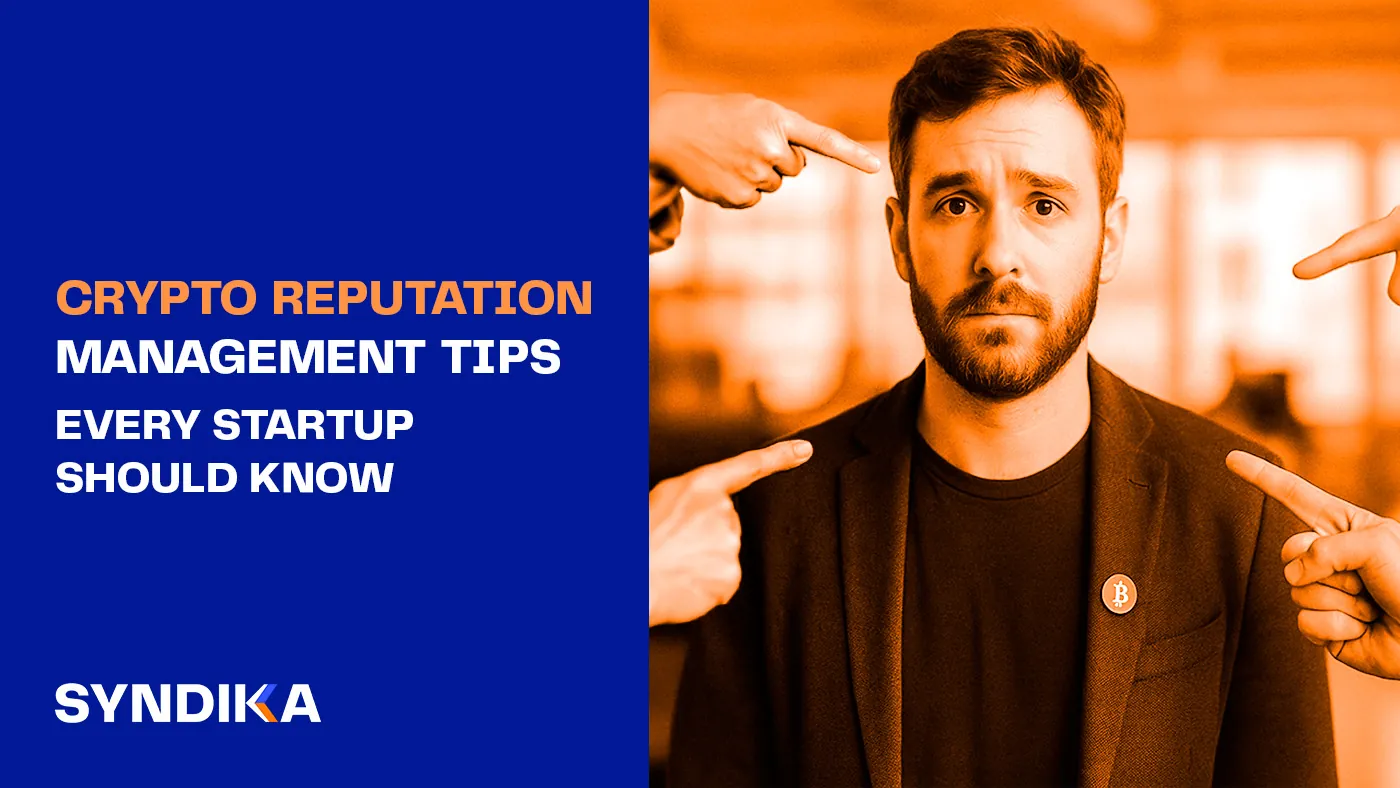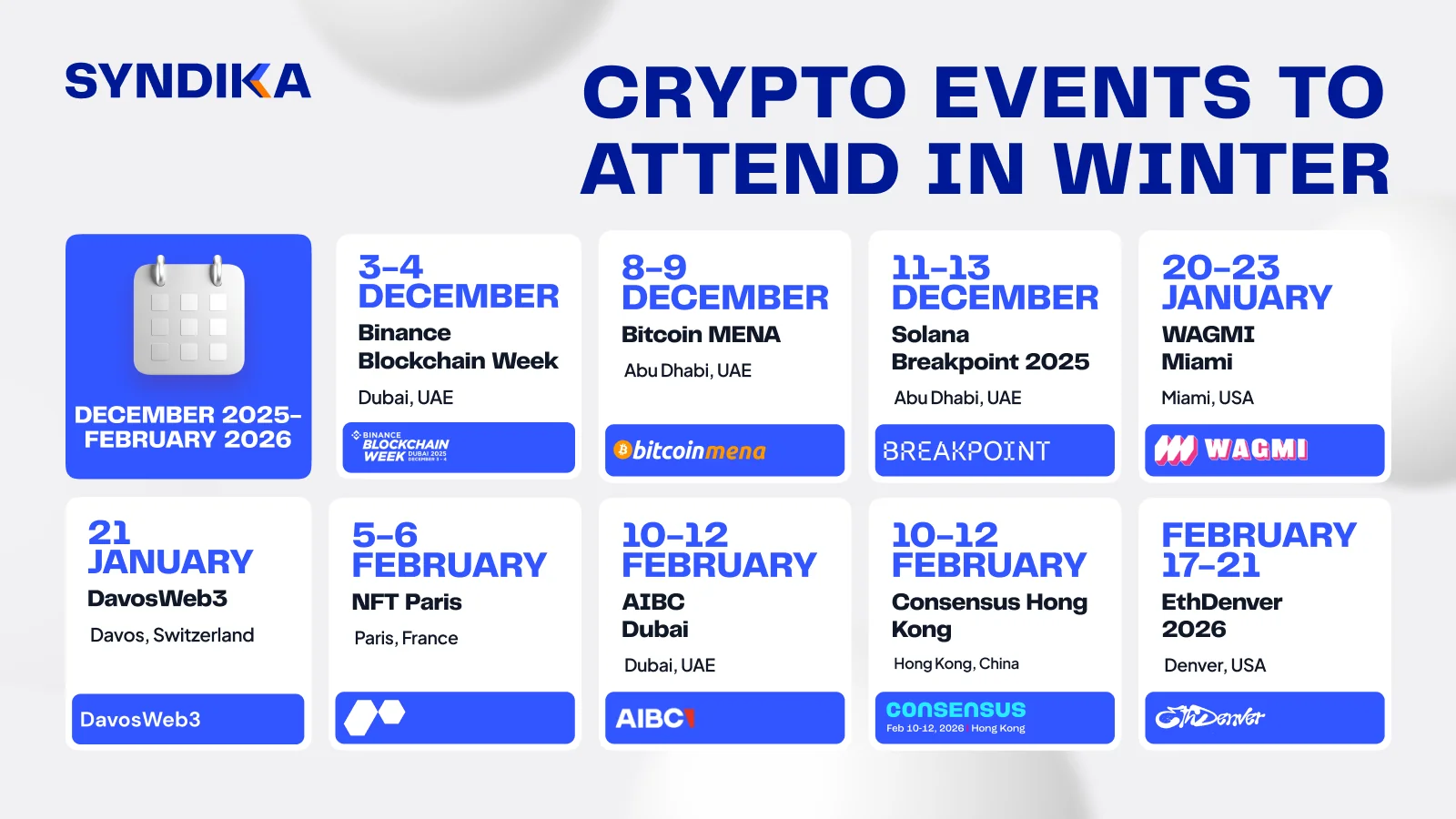
Not long ago, MEXC Exchange made headlines after hundreds of users reported frozen accounts under its “risk control” policy. What began as an internal compliance procedure quickly evolved into a crisis that impacted its reputation – users accused the exchange of poor transparency, slow communication, and a lack of clear reasoning.
This case is one of those that clearly show that in crypto, reputation and risk management are crucial for how your Web3 startup is perceived and trusted.
Together with our partners from Enflux, Kima, KOR Protocol, XHYPE, and CoinEasy, we have shared our top 11 strategies to help Web3 founders strengthen their credibility and protect their crypto reputation before, during, and after a crisis.
1. Have Your Official Docs Ready
Your documentation is the foundation of your credibility. A comprehensive whitepaper, a tech docs section on the website, and a dedicated FAQs section all form a transparent framework for your investors, strategic partners, and real users.
All this shows that your blockchain project exists, builds, and develops over time. While the absence of these docs, on the other hand, raises a red flag for users who want to learn more about your project and may doubt whether your team truly exists.
Keep everything updated: if your roadmap shifts, token supply changes, or a vesting schedule is adjusted, reflect that instantly. In the crypto market built on volatility, consistency in documentation signals stability and credibility.
2. Maintain Active Support Channels
Your community is your reputation engine. Ensure your Telegram, Discord, and X channels have moderators or support staff who actively respond every day.
A question left unanswered for 24 hours can spiral into FUD (the MEXC case is a real example of this), and if your community keeps asking questions on TG while you ignore them, expect tweets accusing your startup of being a scam.
Consider having structured escalation protocols: general inquiries handled by moderators and explained on social media, technical issues escalated to the core team, and sensitive concerns (e.g., funds) handled privately and swiftly.
3. Vet Your Partnerships
Partnerships amplify your credibility or expose your weaknesses. Before announcing any collaboration, research your partner’s track record. Check their legal compliance, roadmap, portfolio, community, backers, and of course, their partners.
Highlight strategic partnerships on your website and documentation. Displaying alliances with respected names (auditors, DeFi protocols, or funds) adds to your reputation. On the other hand, false affiliations, especially with big brands, can harm your image once exposed.
Build long-term relationships with advisors who participate in governance, product testing, or AMAs. Verify your KOLs before collaborating with them, too. Their visible engagement demonstrates that your project is live and trustworthy.
“Credible partnerships are one of the strongest signals of trust. When you align with well-established and reputable collaborators, it shows your community that your project has passed another layer of due diligence. In crypto, that’s often the difference between being seen as experimental and being seen as credible,” says Tim Soens, Marketing & Comms at KOR Protocol.
4. Be Transparent. Especially When Things Go Wrong
Reputation isn’t only built in good times – it’s also tested in bad ones. If you face a delay, exploit, or technical issue, communicate early and openly. Post an official update on X or Telegram
Admit mistakes publicly and share learnings. Crypto projects that own their errors earn long-term respect. Silence, denial, or vague messages grow distrust.
Don’t be afraid of sharing your mistakes or failures, like TGE delays or even operational setbacks. Make these messages educational. Reward those who help work things out. Make your crisis management process an event that benefits your community. Your audience will forgive missteps faster than they forgive silence or lies.
“Reputation isn’t just a nice-to-have in crypto; it’s your project’s most valuable asset. Every update, partnership, and interaction shapes whether people trust you or walk away. Even when things don’t go as planned, show up, communicate clearly, and demonstrate your integrity every day. That’s the mantra we follow every day at Xhype.io, “ shares Sergi Candel, Co-founder and CEO of XHYPE.
5. Build Crisis-Response and Risk-Management Systems
Before an emergency occurs, prepare a risk-control framework that guides how your team reacts under pressure.
Daily reviews: Conduct daily audits to identify issues early. If users are affected by system errors, compensate them – even small gestures like trading fee credits demonstrate responsibility.
Earlier intervention: Detect and address anomalies in real time. If abnormal activity appears, freeze or pause accounts transparently, with explanations – do not wait till a financial exploit happens.
Action plan: Have predefined communication templates you publish on social media in different emergency situations, assign spokespeople and people in charge of fixing technical issues, and set response deadlines so that your audience receives an answer on time. You can learn more about how to prepare in a crisis here.
6. Monitor Mentions and Respond Strategically
Your reputation is shaped everywhere, and your social media is not an exception. Make sure you monitor daily what people say about your project across X, Telegram, and Reddit.
Check your comments and engage proactively. Respond to feedback, correct misinformation, and thank users who highlight issues. Sometimes, a comment is not enough, and a good social media post will work better to fix the misunderstanding that has occurred within your community.
Most importantly, don’t delete negative feedback – give your grounded explanation instead. An honest dialogue earns credibility in the Web3 ecosystem where authenticity wins.
7. Collaborate with the Media
Remember that you are also part of the Web3 ecosystem that influences your reputation. Journalists and media outlets are your bridge to credibility. Build relationships with crypto media outlets regularly. Share expert thoughts and quotes, participate in interviews, and announce milestones on external media.
There are many credible crypto marketing and PR agencies that help with crafting your marketing strategy, distributing press releases, sharing articles, or reaching out to leading crypto media for expert commentary.
One of them is INPUT – a leading PR and influencer-marketing agency that focuses exclusively on tech, Web3, blockchain, and AI. With experience across 500+ clients and thousands of influencer collaborations, INPUT focuses on delivering measurable exposure — from token launches and thought leadership to cross-market brand expansion. Operating globally across the US, EU, MENA, and Asia, the agency combines storytelling, data-driven PR, and strategic positioning to make emerging tech brands stand out in competitive ecosystems.
“At CoinEasy, we’re committed to long-term brand credibility. We know that it means being transparent and working closely with reputable media partners to build trust over time,” confirms Jaden Lee, Co-Founder of CoinEasy.
Check out this list of top marketing agencies shaping Web3 startups in 2025 to learn more.
8. Deliver on Your Promises
Your community is your best memory repository. If you announce an airdrop or a giveaway, deliver it accurately and on time – and make sure all winners receive exactly what was promised. If you schedule an AMA, ensure all speakers are present (and if there are changes to the speakers, announce that too).
The same applies to every public commitment. If you promise an update “next week,” post it next week. If you need to postpone an event, announce it clearly and early. Transparency and timely communication turn potential disappointment into understanding.
“In crypto, trust is built through behavior. Every update, every listing, every community reply either strengthens or weakens your reputation. Transparency and integrity are every project’s biggest leverage,“ adds Valentin Mihov, Co-CEO of Enflux.
9. Demonstrate Compliance and Security
One of the first things an investor or attentive user will check about your blockchain project is your legal compliance. Show that you comply with local laws, AML/KYC frameworks, and token issuance standards like MiCA or CARF.
Display audit reports, licensing information, and partner logos of trusted compliance providers. In an industry where scams, rug pulls, and regulatory pressure are still prevalent, Know Your Customer (KYC) procedures are no longer optional. A clear and fair KYC process signals that your project values security and user protection over short-term convenience.
Be transparent about what data you collect, how it’s stored, and which partners handle verification. All this means your users’ protection and security builds trust like never before.
10. Put a Face to the Project
In the crypto world filled with scams, openness and transparency are a must if you want users to trust your project. In moments of uncertainty, users look for human accountability – not logos.
Make sure your core team has personal accounts and publish updates and expert thoughts regularly. Don’t forget to show your team members’ faces – join AMAs and podcasts, publish photos from conferences, etc. In other words, make your community see you.
At the end of the day, when people know who stands behind your solution, they’re more likely to believe in its intentions – and stand by it when things go wrong.
“In times of uncertainty and crisis, people are less inclined to be convinced by words alone. You can publish a statement or release a carefully crafted message, but what really restores trust is seeing the people behind the project. When Web3 founders show up personally, speak directly to their community, or simply put a face to the issue, it changes everything. It reminds your community that you’re human and you’re accountable. That authenticity can turn a skeptical audience into a supportive one,“ adds Tim Soens from KOR Protocol.
11. Secure Your Digital Presence
And the last – but equally important – thing: don’t forget about protecting your digital accounts. Your online profiles are the front door to your reputation. When users see that your X, Telegram, or Discord accounts are secure and consistently managed, they trust that your project operates with professionalism and care.
That’s why protecting your accounts is not just a security measure – it’s a credibility strategy. Enable two-factor authentication (2FA) on every platform you use, from X and Telegram to Gmail and project dashboards. Use authenticator apps (like Google Authenticator) instead of SMS, and ensure passwords are unique and rotated regularly.
Guy Vider from Kima Network adds: “Use a physical 2FA device like YubiKey whenever possible – it’s worth the small investment to get better protection for your corporate assets. And definitely use it with assets that touch your code or IP.”
Limit access to official accounts and grant only essential permissions to super admins. A single compromised profile impersonating your team member, posting scam links, or asking for funding can destroy community confidence and can even result in financial loss.
Bottom Line
In Web3, reputation is everything. Building credibility doesn’t happen overnight; it’s the result of consistent actions, transparency, and resilience. Every message, update, and partnership reflects your project’s integrity.
By following these strategies, Web3 founders can build a foundation that lasts beyond market cycles. Because in Web3, technology may attract attention, but trust is what sustains it.


